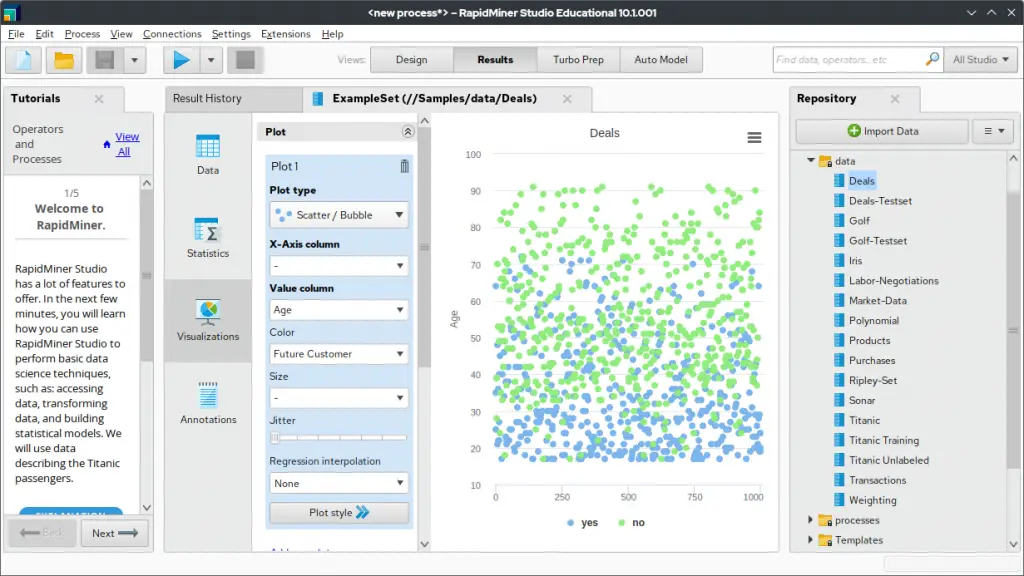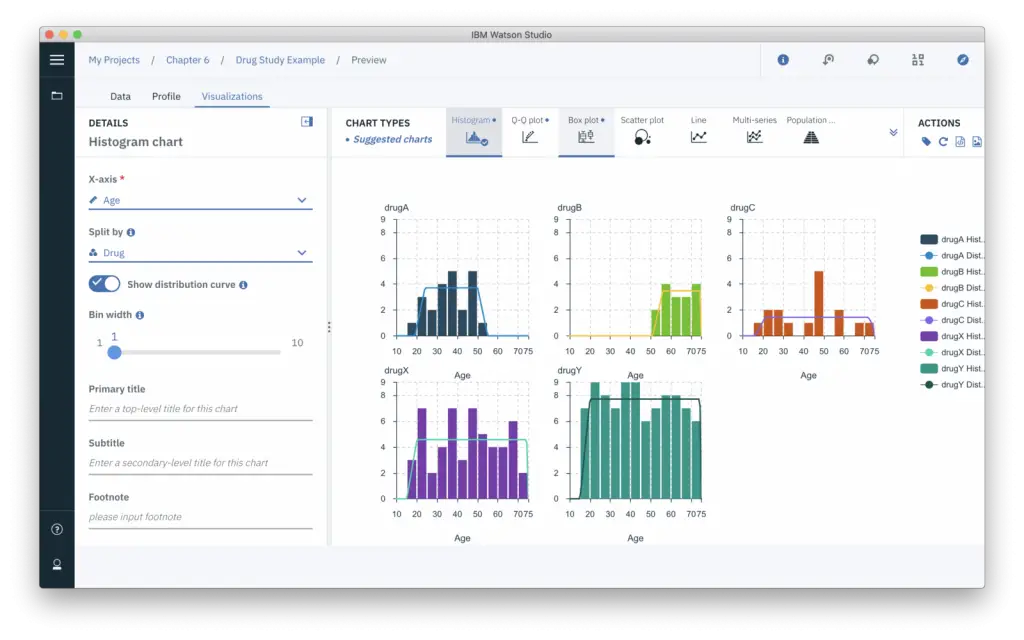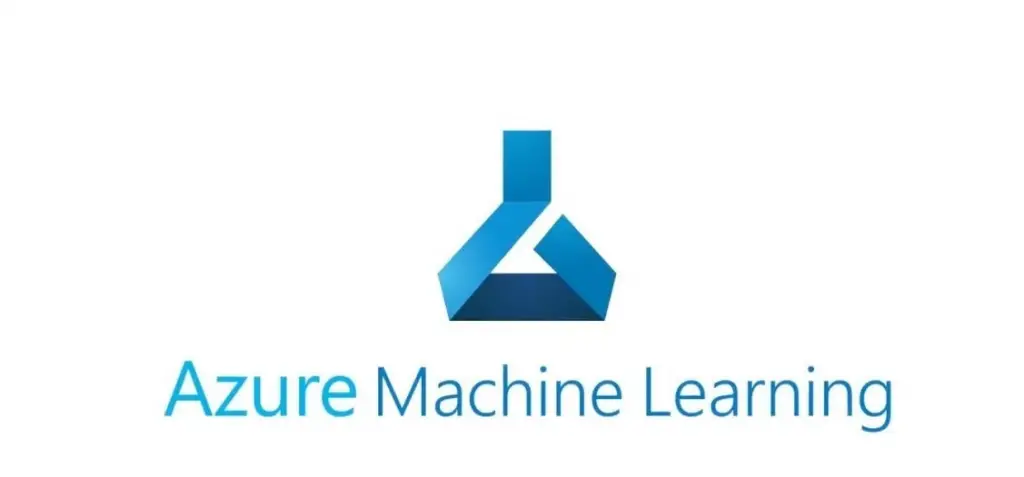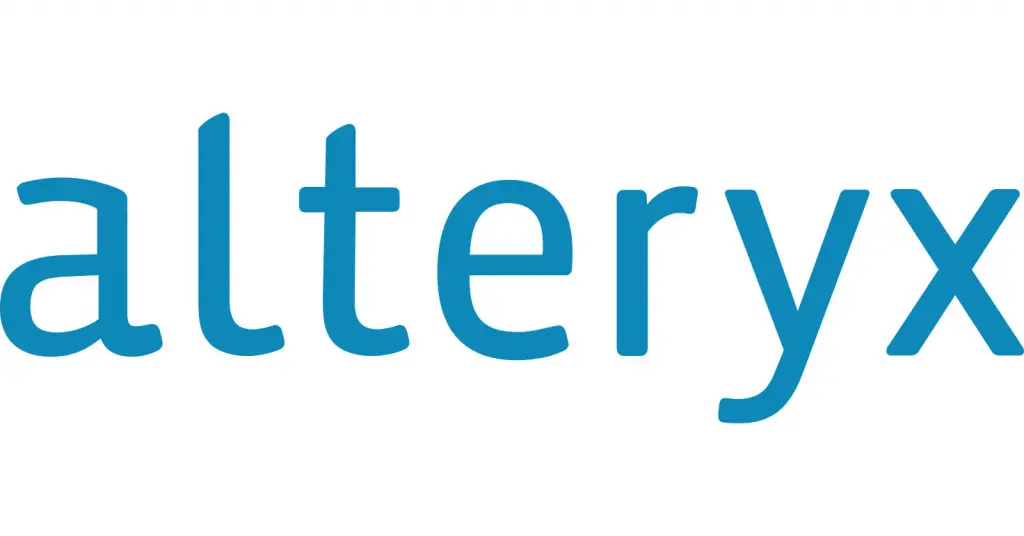Have you been searching for the ideal data tool for your research? Dive into the Best AI-Powered Data Analysis Tools for Academics.
In the heart of academia lies an insatiable thirst for knowledge, a pursuit made increasingly intricate by the surge of vast and complex datasets. As academic researchers grapple with deciphering these layers of information, a looming question emerges: how can one distill clarity from this chaos?
The answer lies in AI-powered data analysis tools. These aren’t mere software applications; they’re dynamic partners enabling scholars to unravel data mysteries and uncover knowledge gems.
Table of Contents
Overview
The digital age has graciously gifted academia with cutting-edge AI tools designed not just to compute, but to comprehend, analyze, and extrapolate. These tools, with their fusion of tech and intellect, play a pivotal role in elevating the caliber of academic research. Let’s journey through each one, unraveling their essence and the promises they hold.
Best AI-Powered Data Analysis Tools for Academics
#1. Google Cloud AutoML: Best for automating model training on Google Cloud
Summary
- Exclusively tailored for the Google Cloud ecosystem
- Exemplary automation prowess in machine learning
- Diminishes the intricacies of model training
Nestled within the vast universe of Google Cloud services, Google Cloud AutoML is like a master key designed especially for researchers. It’s not just about integrating with Google services; it’s about taking the arduous task of model training and making it feel like a walk in an academic park, allowing scholars to focus on what they love – research.
Benefits
- Inclusivity: Puts the power of AI in hands of every researcher.
- Velocity: Leverages Google’s might for accelerated model training.
- Symbiosis: Perfect harmony with other Google Cloud facets.
Google Cloud AutoML is more than a tool; it’s a partner, an enabler. With Google’s signature efficiency, it ensures that academic pursuits are no longer bogged down by technicalities but instead are elevated to new heights of precision and clarity.
How much does it cost?
- From $45
Source: https://cloud.google.com
#2. DataRobot: Best for automated data preprocessing and machine learning pipelines
Summary
- A holistic suite for multifaceted data engagements
- Transforms the terrain of data preprocessing
- Constructs intuitive machine learning pipelines
DataRobot stands as a beacon for those diving deep into the oceans of raw data. It’s like having a seasoned guide who not only knows the terrains but can predict the storms. By seamlessly marrying data preprocessing with logical machine learning pathways, it promises researchers a smoother, clearer voyage through their data landscapes.
Benefits
- Efficiency: Morphs hours of preprocessing into mere moments.
- Coherence: Carves out logical, intuitive ML journey maps.
- Uniformity: Standardized data temperance, regardless of the project scale.
With DataRobot, the academic realm is not just navigating data; it’s dancing with it. The tool empowers, simplifies, and ensures that each research endeavor is backed by immaculate data handling, leading to insights that resonate and matter.
How much does it cost?
- From $65,000/year
Source: https://www.datarobot.com
#3. RapidMiner: Best for visual workflow-driven data analysis
Summary
- A canvas for visual data storytelling
- Moulds itself to distinct workflow desires
- Welcomes datasets of all temperaments
Imagine if data analysis felt more like painting on a canvas – where every dataset is a color and every insight, a stroke. That’s the essence of RapidMiner. It invites academics to visualize data pathways, allowing for an immersive experience where analysis becomes an art, fusing clarity with depth.
Benefits
- Visual Acuity: Brings data pathways into the limelight.
- Adaptability: Custom workflows that morph as per research demands.
- Wholesomeness: A palette apt for both budding and seasoned researchers.
RapidMiner paints a world where data isn’t just crunched; it’s understood, felt, and visualized. For scholars yearning for a deeper connection with their data narratives, this tool crafts a tapestry where every pixel is an insight, and every insight, a revelation.
How much does it cost?
- $7,500-$54,000/year
Source: https://rapidminer.com
#4. IBM Watson Studio: Best for building and managing ML models in a collaborative cloud environment
Summary
- A seamless union of collaboration and cloud prowess
- Empowers the creation and management of ML models
- The brilliance of IBM’s legacy in an AI package
IBM Watson Studio isn’t just another tool in the ever-expanding arsenal of AI platforms; it carries with it the weight and wisdom of IBM’s legacy. This platform blossoms in the interplay of collaboration and cloud, making the intricacies of building and managing ML models feel like a communal feast rather than a solitary endeavor.
Benefits
- Team Synergy: Facilitates brainstorming and collective model evolution.
- Robustness: Capitalizes on IBM’s proven cloud robustness.
- Versatility: Encourages experimentation and refinement.
IBM Watson Studio embodies the essence of collective brilliance. It takes the challenge of AI-driven academic research and morphs it into a shared journey, a collaborative dance, where every step forward is a testament to combined intellect and innovation.
How much does it cost?
- From $500/year
Source: https://www.ibm.com
#5. Azure Machine Learning: Best for integrating ML with Microsoft’s cloud services
Summary
- The might of Microsoft in AI’s dynamic realm
- Fosters deep integration with cloud services
- Pioneers the next-gen ML workflows
Azure Machine Learning studio is Microsoft’s ode to the future of research. Embracing the dynamic fusion of machine learning and the cloud, this tool feels like a master composer orchestrating a symphony where each note is a data insight and every rhythm, an algorithmic marvel.
Benefits
- Integration Depth: Flawless harmony with Microsoft’s cloud suite.
- Scalability: Scales in tandem with research complexities.
- Security: Fortified with Microsoft’s benchmark security protocols.
With Azure Machine Learning, academia gets a tool that doesn’t merely process data but serenades it. Every function, every feature feels like a carefully chosen note in a grand symphony of discovery, echoing the future of academic exploration.
How much does it cost?
- $9.99/month/ML workspace
Source: https://studio.azureml.net
You might also like:
- Top 16 Famous Data Scientists That You Should Know 2024
- 15+ Best AI Homework Tools 2024
- Best AI-Based Summary Generators
- 10 Best Data Analysis Software for Research 2024
- Best Online Courses for Research Analytics 2024
#6. H2O.ai: Best for scalable machine learning and deep learning for large datasets
Summary
- Tailored for vast, sprawling datasets
- Champions scalability in machine learning
- Unleashes deep learning’s full spectrum
Navigating the expanse of voluminous datasets, H2O.ai emerges as a lighthouse for scholars. It’s not just another deep learning tool; it’s a commitment to understanding, to diving deep beneath the surface layers of data, ensuring every hidden pattern, every subtle nuance, is warmly embraced.
Benefits
- Depth: Delves into layers of data, unearthing hidden gems.
- Expansion: Grows gracefully with research demands.
- Precision: Refines insights, sharpening the focus on what truly matters.
H2O.ai is like the seasoned mariner of the vast academic ocean. Its prowess promises that no matter how stormy the sea of data, no insight will ever remain buried, and every research quest will find its destined shore.
How much does it cost?
- $300,000/
Source: https://h2o.ai
#7. BigML: Best for creating ML models without extensive coding
Summary
- Provides AI data analysis features
- Fosters intuitive model creation
- Demystifies ML for all
Dipping into the world of BigML feels like being given a magic wand in the world of machine learning. For scholars who wish to harness the power of ML without getting tangled in the intricacies of code, BigML emerges as the comforting guide, simplifying the complex and making the world of AI inviting.
Benefits
- Accessibility: Breaks down barriers between non-coders and ML.
- User-Friendly: Makes ML feel like a familiar friend, not a formidable foe.
- Streamlined: Offers a straightforward path from data to insight.
BigML manages to bridge the distance between lofty algorithms and the layman, ensuring that the power of machine learning becomes a universal asset, not just the privilege of coders. It truly democratizes the essence of data-driven academic exploration.
How much does it cost?
- $0-$45,000/year
Source: https://bigml.com
#8. MonkeyLearn: Best for text analysis and natural language processing tasks
Summary
- Masters the realm of text
- Harnesses the nuances of natural language
- Elevates text analysis to an art form
MonkeyLearn is like the linguist of the AI world. This AI-powered research tool doesn’t just process text; it understands, interprets, and resonates with it. For researchers engrossed in the nuances of language and the rhythm of words, MonkeyLearn offers a fresh perspective, bringing text to life in ways previously unimagined.
Benefits
- Depth: Ventures beyond surface-level text analysis.
- Intuition: Grasps the subtleties of language effortlessly.
- Customization: Adapts to the unique linguistic needs of each project.
MonkeyLearn isn’t just a tool; it’s a storyteller. It captures the soul of text, ensuring that scholars don’t just analyze data but truly understand their essence, their rhythm, and their resonance, making academic inquiries richer and more profound.
How much does it cost?
- From $99/month
Source: https://monkeylearn.com
#9. Neural Designer: Best for designing neural network models via an intuitive interface
Summary
- Empowers through an intuitive design interface
- Simplifies the neural network design process
- Makes the complex world of neural networks accessible
Stepping into the world of Neural Designer is akin to unlocking a playground for neural networks. It’s a space where the complexities of neural design are transformed into intuitive, manageable tasks. Scholars, irrespective of their tech prowess, can now sculpt and shape neural models with ease and flair.
Benefits
- Empowerment: Enables researchers to take control of neural design.
- Simplification: Distills complexity into actionable steps.
- Inclusivity: Appeals to both tech wizards and novices alike.
Neural Designer is like a compass in the vast desert of neural networks. It points academics in the right direction, ensuring that the journey through complex neural pathways becomes an enlightening experience, filled with discovery and innovation.
How much does it cost?
- $0-$18,745
Source: https://www.neuraldesigner.com
#10. Lobe.ai: Best for visually building, training, and deploying deep learning models
Summary
- Visually engaging model-building experience
- Bridges the gap between idea and implementation
- Delivers on the promise of deep learning without the hurdles
Lobe.ai is where the visual meets the virtual. For scholars who perceive deep learning as an intricate maze, Lobe.ai offers a visual roadmap, making model building, training, and deployment a vivid, engaging, and enlightening experience.
Benefits
- Visual Clarity: Makes understanding deep learning a visual treat.
- Seamless Transition: Ensures a smooth journey from conception to deployment.
- Flexibility: Caters to varied research papers needs with aplomb.
Lobe.ai reimagines the deep learning landscape, turning it from a challenging terrain into a vibrant canvas. It ensures that scholars can paint their deep learning dreams with confidence, clarity, and creativity.
How much does it cost?
- Free
Source: https://lobe.ai
#11. Clarifai: Best for visual recognition tasks in images and videos
Summary
- A maestro at deciphering visuals
- Breathes life into static imagery
- Makes every pixel tell a story
Clarifai is the artist of the artificial intelligence world, translating pixels into poetry. It’s not just about recognizing an image or a video frame. This AI tool is about understanding the depth, the emotions, and the stories they hold. Scholars aiming to unveil the tales behind visuals will find in Clarifai an insightful companion.
Benefits
- Profound Insights: Delves deeper than just object recognition.
- Dynamic Analysis: Adapts to varying visual contexts.
- Storytelling: Extracts narratives from the heart of visuals.
Clarifai is akin to the magnifying glass that not only shows you the details but lets you feel them. In the realm of academia, where every image could be a discovery or every frame a revelation, Clarifai ensures no story goes untold.
How much does it cost?
- From $30/month
Source: https://www.clarifai.com
#12. Aible: Best for operationalizing AI models quickly
Summary
- Swift transition from model to action
- Cuts through the inertia of deployment
- A champion of agility in AI
In a world where time often equals breakthroughs, Aible emerges as the sprinter. It recognizes the urgency in academia to shift from conceptual models to real-world application. Researchers keen on fast-tracking their AI models into tangible actions will find Aible to be a game-changer.
Benefits
- Speed: Breezes through model deployment stages.
- Efficiency: Ensures optimal performance at every step.
- Reliability: A steadfast ally in rapid AI application.
Aible stands as a testament to the fact that in the dynamic world of academic research, swift action can be the difference between a missed opportunity and a groundbreaking discovery. It’s the wind beneath the wings of researchers, propelling them to new heights.
How much does it cost?
- $54,000/year
Source: https://www.aible.com
#13. Alteryx: Best for blending data from multiple sources
Summary
- A masterful blend of diverse data streams
- Crafts symphonies from data cacophonies
- Unites disparate information into coherent insights
Alteryx is like the maestro conductor, harmonizing a plethora of data sources into a cohesive orchestra. In academia, where disparate data often hold the keys to profound insights, Alteryx effortlessly turns dissonant notes into captivating symphonies.
Benefits
- Unity: Merges varied data sources with finesse.
- Depth: Enables multi-dimensional analysis.
- Coherence: Transforms data chaos into structured wisdom.
In Alteryx, researchers find the bridge that spans the gaps between fragmented data pieces, forging a path to enlightening discoveries. It’s the unsung hero that ensures no note of data is left unheard in the grand academic orchestra.
How much does it cost?
- From $4,950/year
Source: https://www.alteryx.com
#14. Databricks: Best for big data analytics with Apache Spark
Summary
- Taming the mammoth of big data
- Fuels insights with the might of Apache Spark
- Big data’s best friend
Databricks is the knight in shining armor for scholars battling the behemoth of big data. Empowered by Apache Spark, it illuminates the darkest corners of vast datasets, ensuring that even in the densest data forests, no insight remains hidden.
Benefits
- Scalability: Scales up to match the heft of big data.
- Performance: Supercharged with the robustness of Apache Spark.
- Precision: Delves deep, leaving no stone unturned.
Databricks promises that even in the overwhelming realm of big data, no academic inquiry will be left unanswered. It’s the guiding star that lights up the densest data galaxies, ensuring scholars always find their way.
How much does it cost?
- From $0.07/second
Source: https://www.databricks.com
#15. TIBCO Data Science: Best for collaborative data science workflows
Summary
- The beating heart of collaborative data quests
- Crafts seamless synergy in research teams
- Transforms solo efforts into collective masterpieces
TIBCO Data Science is all about togetherness. It’s the warm campfire around which researchers huddle, sharing data tales, brainstorming, and weaving collective narratives. In the vast world of academia, where collaboration can spark revolutionary ideas, TIBCO stands as the lighthouse guiding teams towards cohesive brilliance.
Benefits
- Teamwork: Enhances the beauty of collaborative endeavors.
- Synergy: Amplifies individual strengths in a team setting.
- Cohesiveness: Turns disparate efforts into harmonized results.
With TIBCO Data Science, academia witnesses the magic that unfolds when brilliant minds converge. It’s the canvas where individual strokes merge to paint grand masterpieces, celebrating the spirit of collective curiosity and discovery.
How much does it cost?
- $495/month
Source: https://www.tibco.com
Conclusion
The tapestry of academia is woven with threads of relentless curiosity and boundless exploration. In this landscape, AI-powered tools aren’t just mere implements; they’re the wind beneath the wings of scholars, lifting them to vantage points of unprecedented insights and revelations.
With these tools, we’re not just skimming the surface of the future; we’re shaping it with fervor and finesse.

















